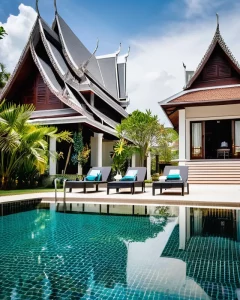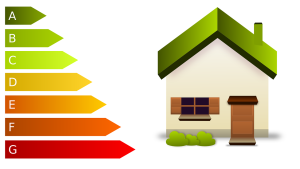Too Many Requests from Your Network
Please complete verification to access this content.

Thailand, known for its rich cultural heritage and breathtaking landscapes, is also a treasure trove of architectural wonders that seamlessly fuse tradition with modernity. The architectural landscape of Thailand reflects the nation’s history, spirituality, and a keen embrace of contemporary design principles.
At the heart of Thai architectural elegance is the harmonious integration of traditional elements with modern aesthetics. Traditional Thai architecture often draws inspiration from the country’s religious and cultural roots, evident in the iconic temples and palaces that dot the landscape. These structures, characterized by intricate wooden carvings, sweeping roofs, and vibrant colors, serve as a testament to the country’s deep-seated respect for tradition.
One notable example is the Grand Palace in Bangkok, a dazzling complex that encapsulates the essence of Thai architectural grandeur. The intricate details of the golden spires, ornate facades, and meticulously landscaped gardens pay homage to centuries-old design principles while offering a glimpse into the opulence of Thailand’s royal history.
As Thailand embraces modernity, contemporary architects strive to maintain a delicate balance between preserving the nation’s architectural heritage and incorporating innovative design concepts. This delicate dance between tradition and modernity is evident in the vibrant cityscapes where traditional Thai houses stand alongside sleek skyscrapers.

 In Bangkok, the bustling metropolis, you’ll find a myriad of architectural styles coexisting in harmony. The traditional teakwood houses with elevated foundations and sloping roofs, influenced by rural designs, share the skyline with modern high-rises. This juxtaposition creates a visual tapestry that tells the story of Thailand’s architectural evolution.
In Bangkok, the bustling metropolis, you’ll find a myriad of architectural styles coexisting in harmony. The traditional teakwood houses with elevated foundations and sloping roofs, influenced by rural designs, share the skyline with modern high-rises. This juxtaposition creates a visual tapestry that tells the story of Thailand’s architectural evolution.
A prime example of this fusion is the MahaNakhon Tower, a modern skyscraper in Bangkok that seamlessly integrates traditional Thai motifs into its contemporary design. The tower’s pixelated facade is reminiscent of the traditional Thai ‘pisek’ or golden stupa, showcasing a thoughtful blend of the old and the new.
Beyond the urban landscape, Thai architects continue to innovate while drawing inspiration from their cultural roots. The Panya Project in Chiang Mai exemplifies this approach, where sustainable and eco-friendly designs are seamlessly integrated with traditional Lanna architecture. The result is a space that not only respects the environment but also pays homage to the region’s cultural legacy.
In conclusion, Thai architectural elegance is a captivating blend of tradition and modernity. As Thailand navigates the complexities of a rapidly evolving world, its architects adeptly weave the threads of the past into the fabric of the future. The architectural wonders of the country stand as a testament to the timeless beauty that emerges when tradition and modernity dance together in harmony.




